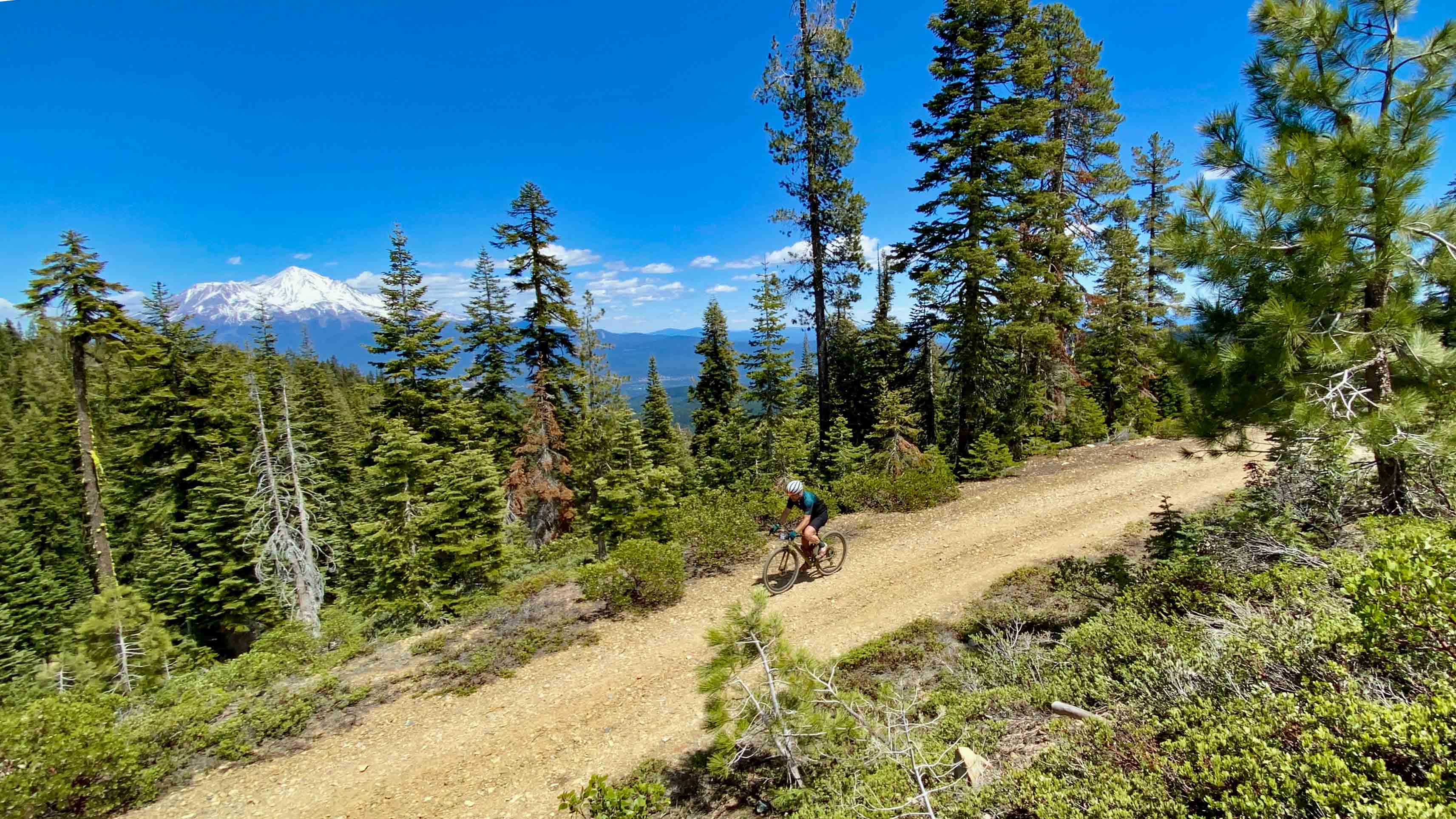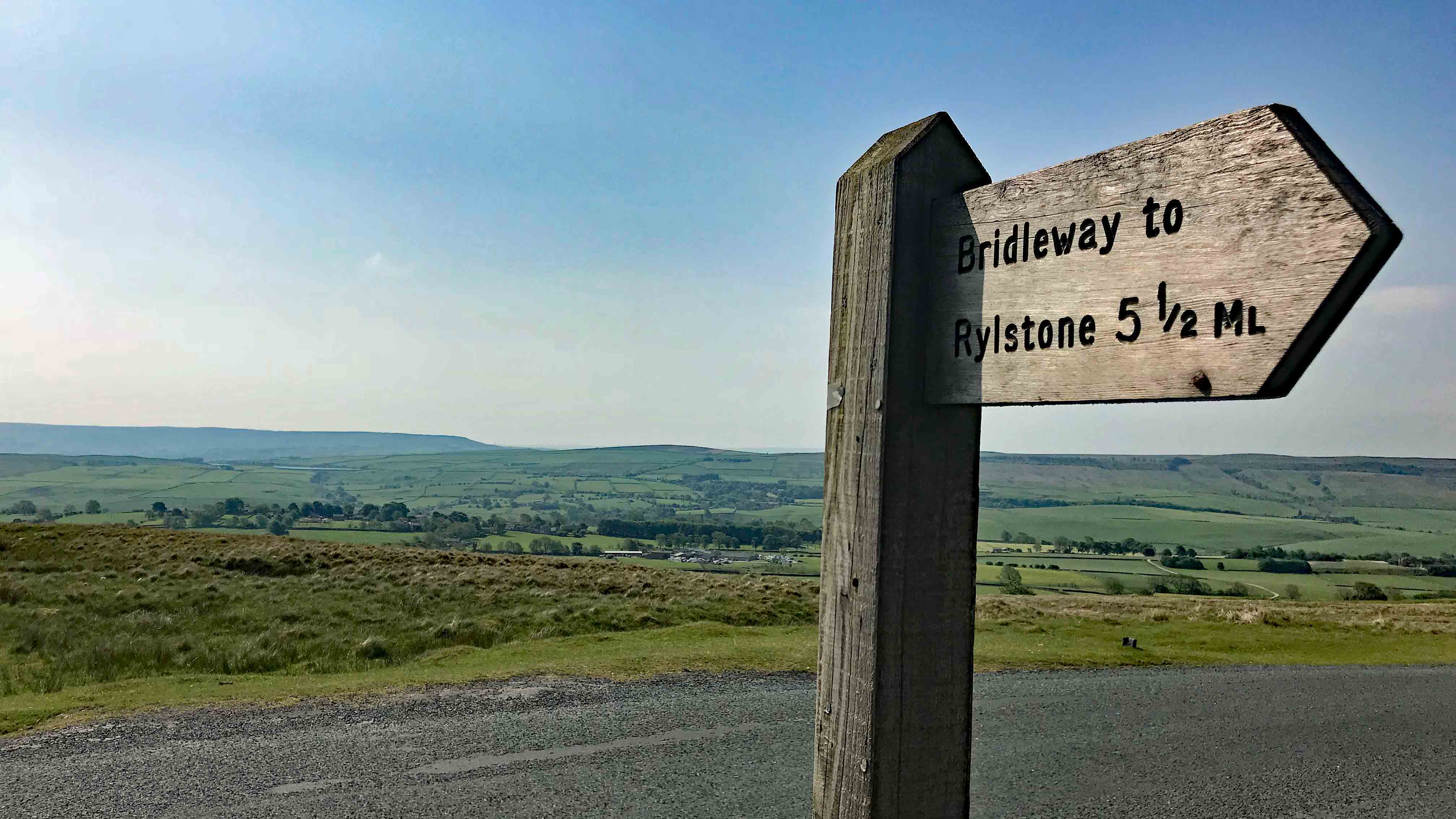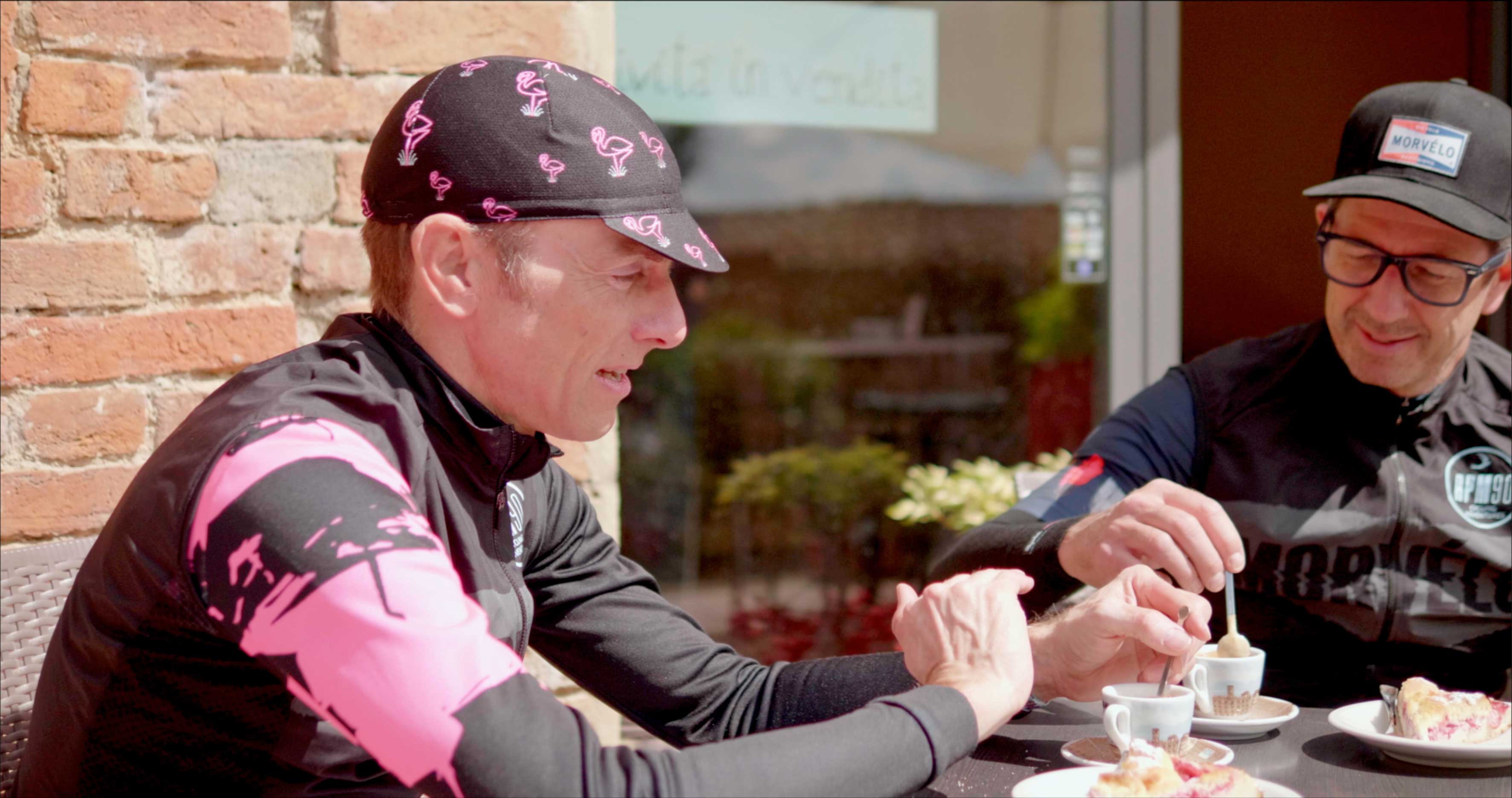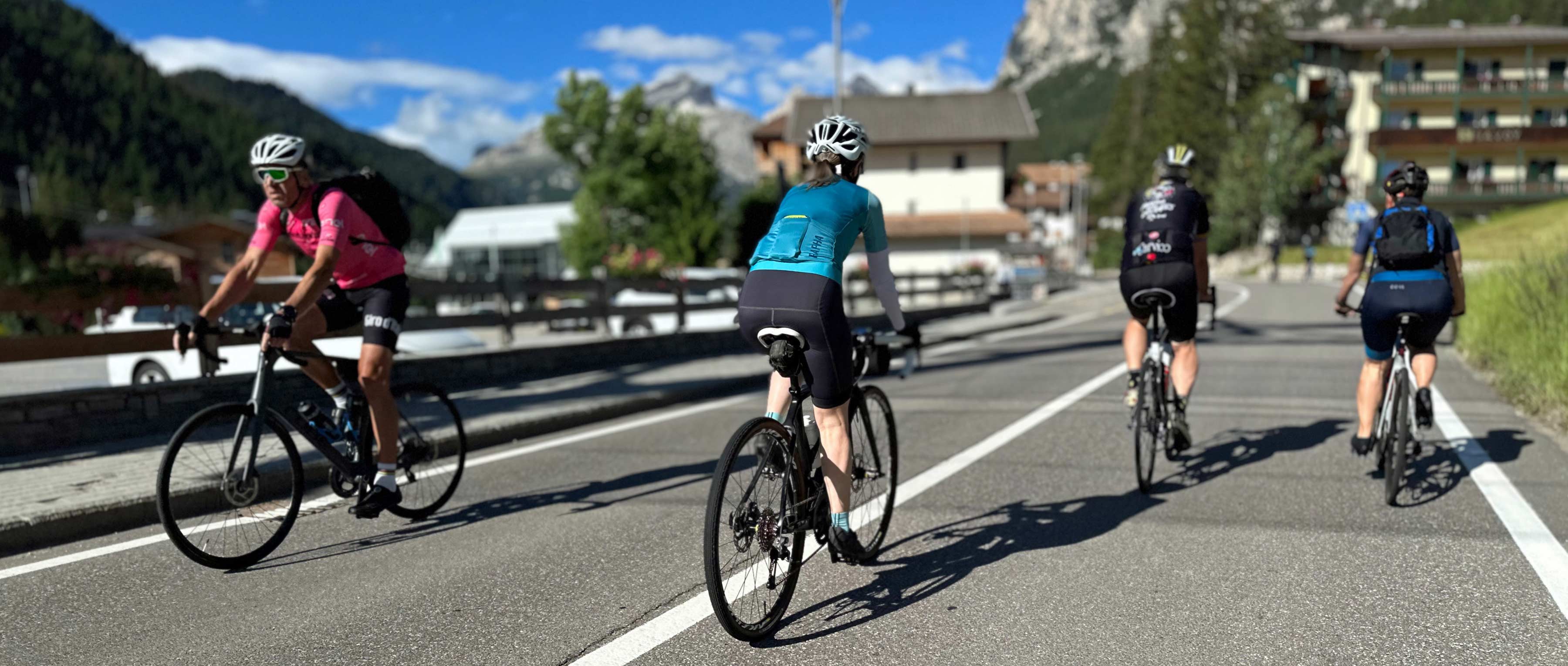For many people, the concept of gravel biking is synonymous with adventure - it’s about heading our further, for longer and into the unknown. Realistically though, many riders only get to experience mammoth trips that last for days and weeks through hearing other people’s stories - most people’s own rides are restricted to an hour or two out from their back door.
But even with limitations of life, we do have the ability to take on bigger single-day challenges and to push ourselves a little further than before. In doing this we can experience taking our own longer ride into the geographical, physical and mental unknown.
To help you, here’s somethings to think about if you want to challenge yourself to take on a bigger ride such as an all-day epic or a 100 miler.

1. Training
Let’s just get this bit out the way, shall we? How much and how structured the training is that you do is entirely up to you, but the more effort you put in beforehand, the more enjoyable it will be on the day.
Your training may be as little as building up your longer weekend ride distances to somewhere close to where you want to get to, but this isn’t the most thorough of approaches. Taking a couple of months to build up your fitness in a more structured way is a more sensible way to do things. Nowadays there are plenty of free and paid-for training programmes available which involve regular sessions throughout the week. These programmes are often adaptable to indoor trainers or commutes and consist of regular short rides rather than long slogs which can make them easier to fit into the rest of your life.

These can be a great starting point but there’s no guarantee that a particular “one size fits all” programme will suit you as an individual. Another alternative is to use a coach who will design an individual programme for you around your goal and the rest of your life, as well as your strengths and weaknesses. As cycling coach and former pro-rider Sally Bigham says “As a coach I work closely with the athletes to ensure that load is not only pitched at the right level for each rider, but also that it progresses at a pace to suit each individuals' unique needs, such as speed of adaptation and recovery. This relies on communication which is obviously not possible in a generic programme.” Prices for this vary depending on the experience of the coach and the support intensity. If you can afford it, your gains from training will more than likely be much greater than if you follow a generic programme.

2. Route planning
This bit can be incredibly easy or incredibly hard depending on what kind of ride you have in mind. A popular option is to do something notable, such as a point-to-point long distance trail. You can achieve a lot of satisfaction by ticking off a recognised journey. It also means that you have a well-defined route to follow with easy to access to maps, trail notes and GPX files.
The other option is to devise your own. There are great advantages in this too - you can ride exactly where you want and somewhere you don’t have to spend another day getting to and from, plus you can pull in some favourite tracks and ride those stretches that you’ve always meant to do.
Whichever you choose, you will likely find yourself with some amazing bits of riding that are incredibly easy to follow and some less rewarding parts where you fumble about trying to find the right turn. With this in mind, think about what you need to navigate your route. Following directions on a GPS device or phone is probably the easiest but make sure you have enough battery to last the way. For really big rides into the unknown I’ve borrowed an additional GPS device for back up, kept my phone off to preserve battery and had a hard copy of a map too. There have been times I’ve resorted to using all of these in the same ride!

3. Food and drink
Just because you might be able to get away with a two-hour ride on one bottle of water, it doesn’t mean you can get away with a similar approach for a much longer ride. If you’re planning to ride for 6-8 hours straight, you’re going to need sufficient food and drink to keep yourself going rather than just rely on your body’s stores and replenishing afterwards.
Fluids will depend on the weather, but you should be looking to drink 500-1000ml per hour. That can be a lot to carry, so you’ll need to consider how you’ll carry this and build in refill stops on your route. Personally, I take bottles on the bike and a small hydration pack, using the pack to carry food (and spare clothes too).

There are lots of online resources available to work out what food you’ll need to consume during endurance rides - most recommend a frequent carbohydrate intake based on your body weight and some protein every 4 hours. Sweet foods, energy gels or powders added to drink are quick ways to get carbohydrates into your body, but after a few hours can be hard to swallow so think about savoury foods too.
As well as using your training to get your fitness right, make sure you try out different approaches to both carrying and consuming food and drink too.
You don’t have to carry everything you want to eat with you either - use your route planning to build in a café stop after a few hours for some proper food. But think about your timing, arriving at your chosen stop after it’s closed its doors for the day is not a good experience.
4. Bike and kit
Embrace your inner boy scout and be prepared with special attention to the weather forecast when choosing kit for you and your bike. Carrying a few more spares and a little more weight is often a better choice than shaving grams and getting caught out far from home.
Don’t make any major changes to your bike before your big ride but do make sure it’s well serviced and ready to roll. Two hours into your big ride isn’t the time to realise that a puncture won’t seal as you’ve had the same tubeless sealant in your tyres for the last two years. Talking of punctures, it’s probably worth carrying a couple of spare tubes and a pump rather than relying on a CO2 canister alone.

Image courtesy of Omar di Felice
Go for your favourite and comfiest kit but carry extra layers too. It might not matter if you get a soaking on a short ride when you’re home and showered before you get chance to get cold, but it will matter if it happens at the start of a big ride. Layers, arm warmers and zipped tops are a great way to regulate your temperature and keep yourself comfortable throughout your ride.
Oh, and it’s always worth putting in some lights. Always assume you’ll be out longer than you plan and that you might end up rolling home in the dark.
5. The ride
If you’ve got your prep right and the weather is at least somewhat amenable, then this is the easy bit. And of course, the good bit too. But don’t expect all of it to be fun all of the time.
Remembering two key things will help the ride go smoothly:
Firstly, take it easy – if you’re used to thrashing about for a couple of hours with your mates, you’ll need to leave your ego at home. It’s far too easy to go too hard at the beginning and regret it later, particularly if you’re reaping the benefits of your training and the excitement of the challenge has upped your adrenalin. This applies to looking after your bike too - go easy with the gear changes and try to avoid ploughing your wheels into the sharpest and hardest rocks. In turn you will be rewarded with less than your fair share of mechanicals to sort during your ride - changing a puncture after 7 hours of riding when your fingers are numb and your body/mind exhausted is not a pleasant task.

Secondly, do things sooner rather than later – there are many things you can get away with on shorter rides that will come back and bite you if you’re not strict with yourself on a longer ride - drink and food are the two most important of these. Drink regularly and eat before you need it, whether that’s what you’re carrying with you or stopping off for supplies. It’s far too easy to not bother with these things when you feel fine and have plenty of reserves at the start of a ride, but you’ll struggle to make up the deficit later on if you’re not strict with yourself.
The sooner-rather-than-later approach also applies to clothing. Being too hot or too cold puts extra demands on your body all of which will build up over time. A brief pause to don or doff your layers as you need is a sensible approach to help you conserve as much energy as possible, particularly if it starts to rain.
6. Backup plan
This adventure may be all about you. Alternatively, you may want to make the most of this by sharing it with a riding mate or two. You get company on your training and adventure, someone to make bad jokes when you need spurring on, some accountability to stick to your plan and someone to help carry spares.
Whichever option you go for, do the sensible thing and share your plans with someone who will be at the other end of the phone and can come and rescue you and your bike if you don’t make it to your planned destination. If you’re lost, the weather turns, you have another mechanical and you’ve run out of food, you’ll really appreciate it.
rachel sokal
In an ideal world we’d all have endless time, energy and finances in place to allow us to ride our gravel bikes as far as we wanted whenever we wanted. But in real life, we’re more likely to only have a small window to get our fix of gravelly fun. But if you want to do bigger rides in the future, how should you go about it? We asked former UK 24hour solo MTB champion Rachel Sokal to give us her top tips.